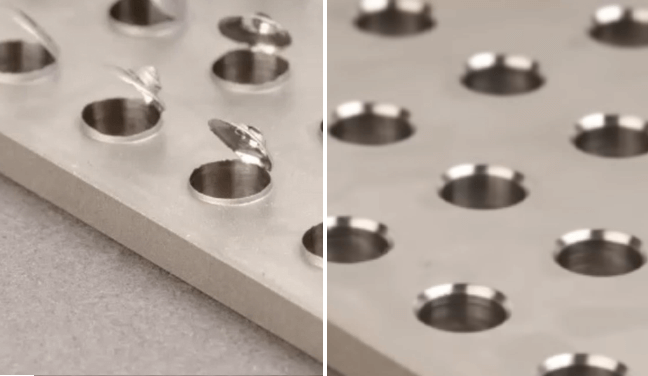One of the most easily recognized symbols of the Lesbian, Gay, Bisexual and Transgender (LGBT) community is the rainbow flag. This symbol of gay pride embraces the cultural aspects and hopes of the LGBT community. Pride flags wave high over the crowds at Pride Parades not only in North America but also in many countries around the Globe.
The Original Rainbow Flag
Gilbert Baker (1951- ) is the creator of the first known version of the Rainbow or Gay Pride Flag. An artist and vexillographer (flag designer), he had been good friends of Harvey Milk who had been assassinated along with the city’s then Mayor George Moscone in November 1978. The lenient sentence sent shock waves throughout the gay community. Early that year, with the help of some 30 volunteers, Baker had created and sewed the first Rainbow Flag.
This version of Pride Flags featured eight different colored stripes in a vertical pattern. The colors and their symbols were:
- Pink – sexuality
- Red – life
- Orange – healing
- Yellow – sunlight, the sun
- Green – nature
- Turquoise – art, magic
- Indigo/blue – harmony, serenity
- Violet – spirit
The flag featured prominently for the first time in the San Francisco Gay and Lesbian Freedom Day Parade in June 1978.
Two Variations
After the initial flag, two other versions came into existence. These were the seven-Striped and the six-striped pride flags.
- Seven-Striped: The original flag lost one stripe during the manufacturing process. An increased interest following the assassination of the Mayor and Milk had increased the demand for Pride Flags. Paramount Flag in San Francisco wanted to produce the flags but faced a problem. The specific pink used by Baker was not part of their inventory. As a result, they made the flag without it, reducing it from eight to seven stripes. This left the flag with the following colors: red, orange, yellow, green, turquoise, blue, and violet
- Six-Striped: The next color to go was turquoise. The elimination of this color was the result of a committee decision. The Committee for the 1979 San Francisco Pride Parade wanted to even up the colors along the parade route. They wanted three on one side and three on the other. Indigo was voted off the flag leaving six colors – red, orange, yellow, green, blue, and violet.
The final version of the Rainbow Flag is the 6-striped one. It reached national attention in 1989. During that year, John Stout successfully sued his landlords who had prohibited him from displaying the flag from his apartment balcony in West Hollywood, California. Today Gay Pride Flags are flown proudly from poles and off balconies in Canada, the United States and many other countries worldwide as a symbol of solidarity and pride in being a member of the LGBT community.


